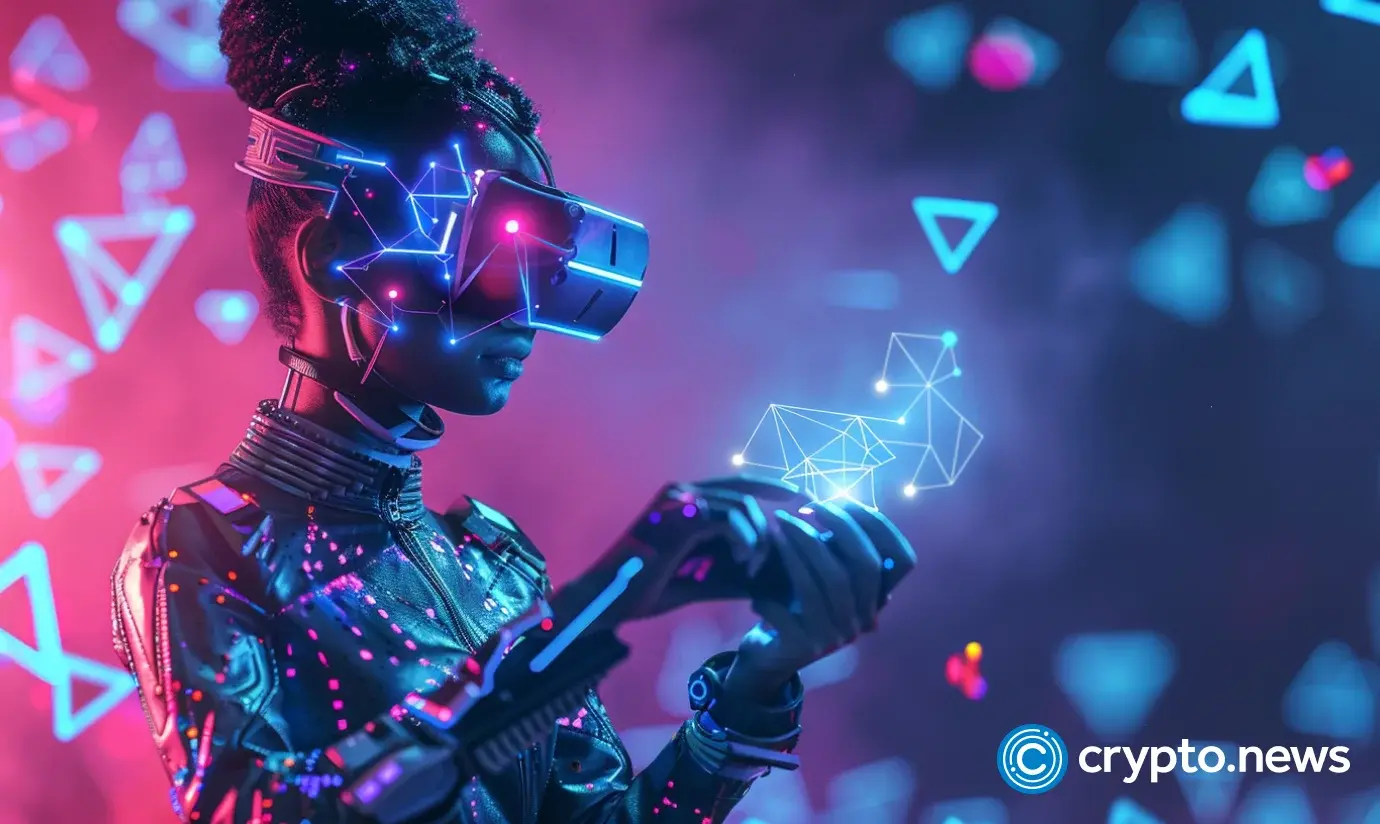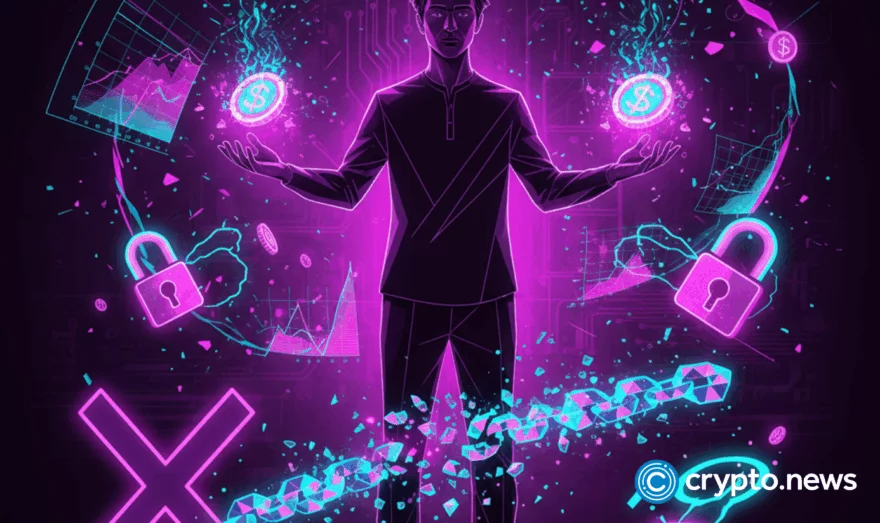How AI can help level the playing field between web3 and traditional gaming | Opinion

Disclosure: The views and opinions expressed here belong solely to the author and do not represent the views and opinions of crypto.news’ editorial.
Web3 gaming has always been a polarizing feature within the blockchain space—a polarizing industry in its own right. Its rise and fall, in many ways, mirrored the broader crypto industry’s transition from boom to bust between 2021 and 2022. But as crypto demonstrates steady growth and defi gains further traction, few expected web3 gaming would be more than an insignificant niche sector.
After all, traditional gamers quickly discovered that many of these games were not entertaining or a time-consuming and convoluted way to stake seemingly “worthless” tokens and NFTs.
However, in mid-March, web3 gaming tokens eclipsed over $30 billion in market cap for the first time since the previous bull run when the sector peaked amid the COVID-fueled “play-to-earn” frenzy. Within 24 hours, the GameFi sector’s market cap saw a six percent rise, outperforming the overall crypto market’s growth and highlighting a pivot in consumer behavior favoring higher-risk investments.
While mainstream gamers won’t care about the roller-coaster price fluctuations of Decentraland’s MANA, or Gala Game’s GALA utility token enjoying a price surge, AI’s emergence in web3 gaming signals legitimacy and the potential to grow its user base. With the traditional gaming market estimated to surpass $270 billion in 2024, web3 games must appeal to gamers who largely remain skeptical of any title that leverages blockchain or mentions NFTs in their marketing material.
Fortunately, web3 gaming studios and projects now understand that appealing to traditional gamers requires a new approach. As such, the focus is now on building enjoyable games that more closely resemble their mainstream counterparts. To fulfill this mission, web3 gaming continues to onboard experienced developers and executives from mainstream gaming while using AI to enhance in-game elements such as interactions with bots and realistically simulating immersive environments.
For instance, Aptos Labs, the development team behind the layer-1 chain, recently partnered with Google Cloud to support the Aptos GameStack, a unified platform for creating, integrating, and linking blockchain elements within games. By leveraging Google’s cloud infrastructure, Aptos supports the broader web3 gaming sector by incorporating analytics and integrating AI and machine learning products, empowering developers to offer a higher-quality gaming experience.
Integrating AI-powered features and tapping into the experience of traditional game veterans certainly shows the space has matured from the peak play-to-earn era, but work still remains to bring mainstream players into the fold. For instance, a Blockchain Gaming Association report found that 55 percent of survey respondents said the crypto onboarding process is a primary industry challenge—especially when players have to open a wallet to play.
While not focused on fixing web3 gaming’s problems, Exverse is a first-person shooter that embodies what the industry needs to do to embrace non-crypto gamers. The free-to-play title with AAA aspirations prioritizes gameplay and engaging storylines while using AI to enhance interactions with non-player characters. Recently, Exverse secured nearly 100,000 signups ahead of its upcoming alpha launch, all while facilitating an easy on-ramp for all gamer types by allowing them to register via email, Discord, Telegram, or MetaMask.
By emphasizing the benefits of web3 gaming—such as asset ownership—while leveraging AI to improve game quality and solve the unfriendly onboarding process, Web3 gaming has more potential than ever to make inroads with the world’s 3 billion gamers.













